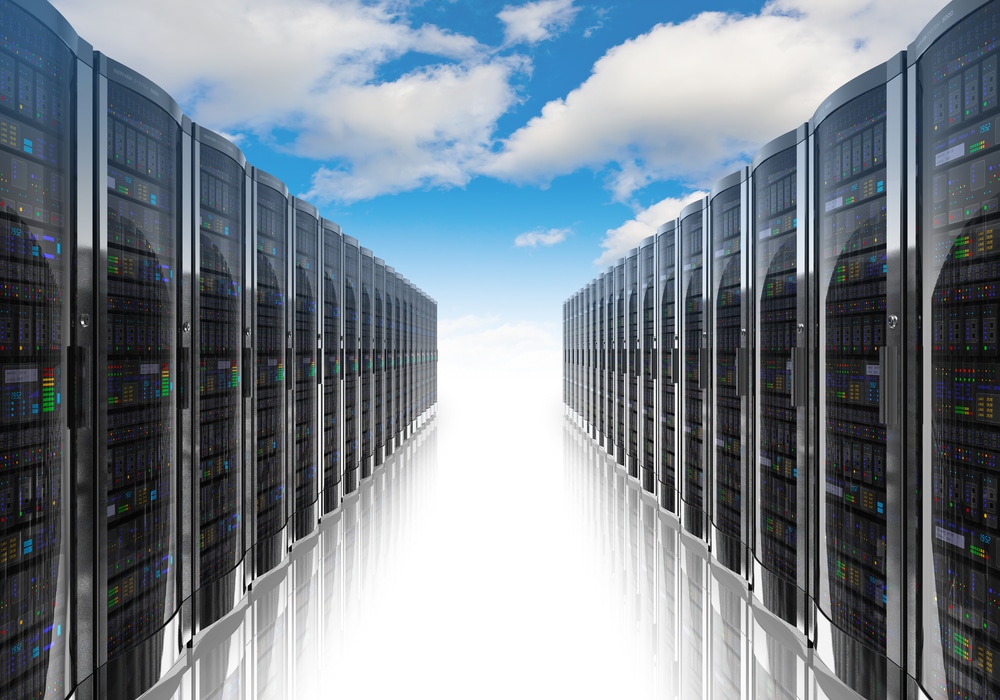Avoid a migration mess -- top tips for cloud migration

Cloud adoption is increasing at a rapid rate across all industries, and for good reason. It has been proven as a business enabler, and it presents many advantages over traditional architecture. Hardware starts to age, data center operations are costly, and IT personnel spend more time managing old infrastructure than advancing the business. Migrating existing workloads to the cloud can help address all these issues.
However, IT architecture can be extremely complicated, even for professionals with many years of experience, and even though the cloud has been around for over 20 years, cloud migration challenges continue to be a source of anxiety for organizations wishing to take advantage of everything cloud computing can offer. So, what are some of the points to bear in mind when planning and executing a cloud migration strategy?
Take stock of existing systems
The first step is to take a full inventory of all systems and processes to accurately plan the migration. For small and medium-sized enterprises (SMEs), managing costs is crucial, and cloud resource expenses can quickly accumulate if not carefully monitored. It's imperative for businesses to accurately assess their technology requirements to avoid the unnecessary financial burden of purchasing excess capacity. This foresight not only ensures efficient resource utilization but also supports budget adherence, enabling SMEs to allocate funds to other critical areas of their operations.
Although this action seems clear, there are some complexities to keep in mind. Before moving anything to the cloud, it is important to assess and tier all programs and applications according to business criticality. To ensure the cloud environment is perfectly suited to an organization’s needs, a granular analysis of existing workloads is crucial. This level of detail helps in accurately scaling the cloud resources needed and plays a pivotal role in the orderly arrangement of systems once migrated to the cloud, facilitating a seamless operational flow.
Managing physical workloads
The migration of physical systems to the cloud represents a pivotal moment in an organization’s IT modernization efforts. These legacy systems, while being cornerstones of current IT frameworks, often encapsulate the challenges of shifting from traditional to cloud-native architectures. A strategic approach to this migration begins with identifying which physical systems are critical to business functions and can be transferred either through virtualization or relocation. This will allow the organization to take full advantage of the cloud environment.
Of course, there is always a chance that not every system can be virtualized due to their operational function or licensing issues. Another thing that might be worth thinking about is relocating physical machines that cannot be virtualized. If these machines serve an important function, it might be necessary to relocate them so that they are next to the virtual portion of the workload.
Preparing for a smooth cloud migration
At its core, the secret to flawless cloud migration lies in meticulous preparation. Gaining a deep understanding of the assets being moved, the migration techniques to be used, and the overarching process is vital for mitigating potential challenges. This level of preparedness is equally important for maintaining uninterrupted business operations during the migration, as any downtime or operational hiccups can lead to significant setbacks.
Furthermore, each cloud environment adheres to specific best practices and foundational principles. Early comprehension of these principles can prevent complications for cloud administrators down the line. Collaborating with an experienced cloud service provider for both the planning and execution phases of the migration is not just about avoiding immediate difficulties; it’s about laying the groundwork for future business expansion in the cloud landscape.
Image credit: Oleksiy Mark / Shutterstock
Sam Woodcock is Senior Director of Cloud Strategy at 11:11 Systems.
